E-commerce security threats: Understanding Security Threats
Electronic commerce is online purchasing and selling. Its ease of use, accessibility, and worldwide marketplace have transformed
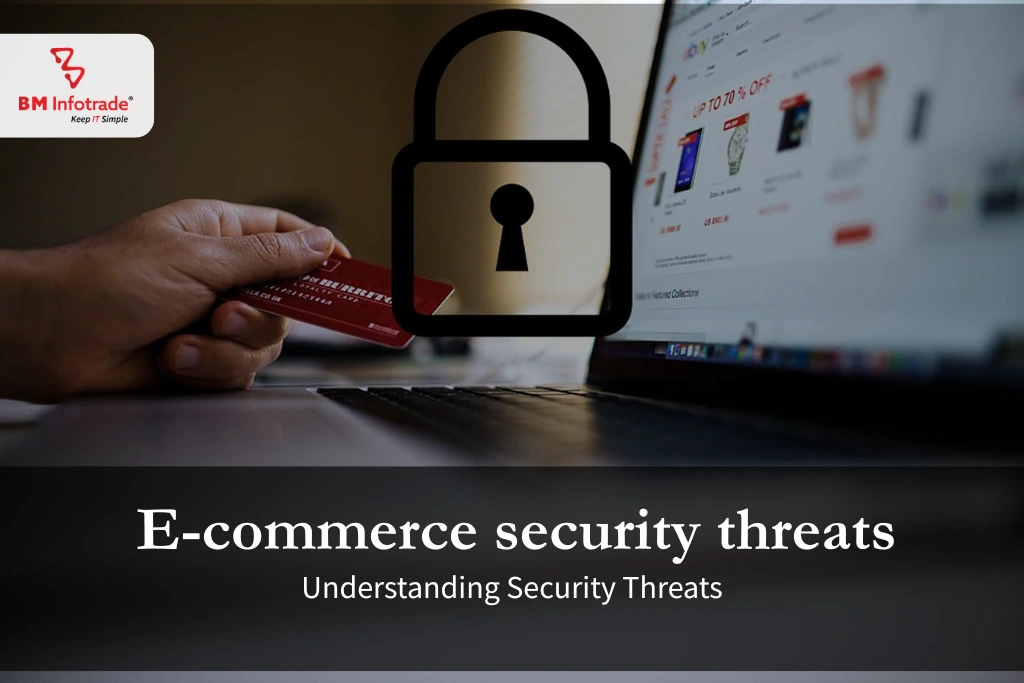
E-commerce security threats: Understanding Security Threats
Table of Contents
Electronic commerce is online purchasing and selling. Its ease of use, accessibility, and worldwide marketplace have transformed corporate and consumer shopping. Since e-commerce transactions are sensitive, security is crucial. Online buyers trust hackers won't steal their money and data. Consumer trust, revenues, legal standing, and reputation are damaged by security breaches.
Businesses must understand e-commerce security concerns to protect operations and customers. By recognising risks and weaknesses and implementing strong security measures, firms may reduce threats. Keeping up with new security risks helps firms adapt to changing cybersecurity.
Overview of E-commerce Security Threats
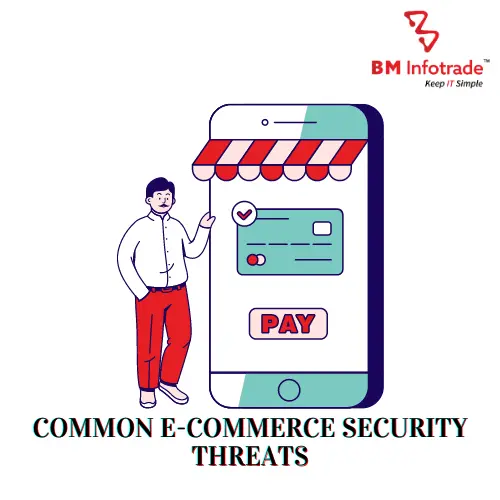
Authentication and Authorization: Passwords, fingerprints, and multi-factor authentication restrict e-commerce platform access to authorised users. After authentication, authorization controls restrict access to sensitive data and functions.
Encrypting data: SSL/TLS protocols encrypt browser-to-e-commerce server traffic. Data encryption protects confidentiality and integrity from unauthorised access.
Secure Payment Gateways: Secure payment gateways encrypt financial transactions to safeguard client data. PCI DSS compliance secures payment processing systems.
Fraud Protection: E-commerce platforms use machine learning algorithms and transaction monitoring systems to detect and prevent chargebacks, identity theft, and account takeovers.
Common E-commerce Security Threats
Phishing: Phishing assaults utilise phoney emails, texts, and websites to get credit card details, usernames, and passwords. Phishing methods can take critical information or account credentials from workers and customers in e-commerce.
Malware/Ransomware: Malware and ransomware infecting e-commerce platforms, compromising data and disrupting business. Businesses lose money and brand reputation when ransomware encrypts files and demands payment.
Breach of Data: Unauthorised e-commerce database access compromises client privacy. Credit card and PII fraud or dark web sales can result in legal and financial fines for businesses.
Risks Associated with Insider Information: E-commerce security is threatened by employee, contractor, and business partner insider assaults. Preventing insider risks including data theft, system sabotage, and accidental disclosure requires strict access restrictions and management.
Denial-of-service Attacks: DDoS assaults flood servers, blocking genuine e-commerce users. DDoS assaults may cost a company money, downtime, and reputation, thus network architecture and mitigation are crucial.
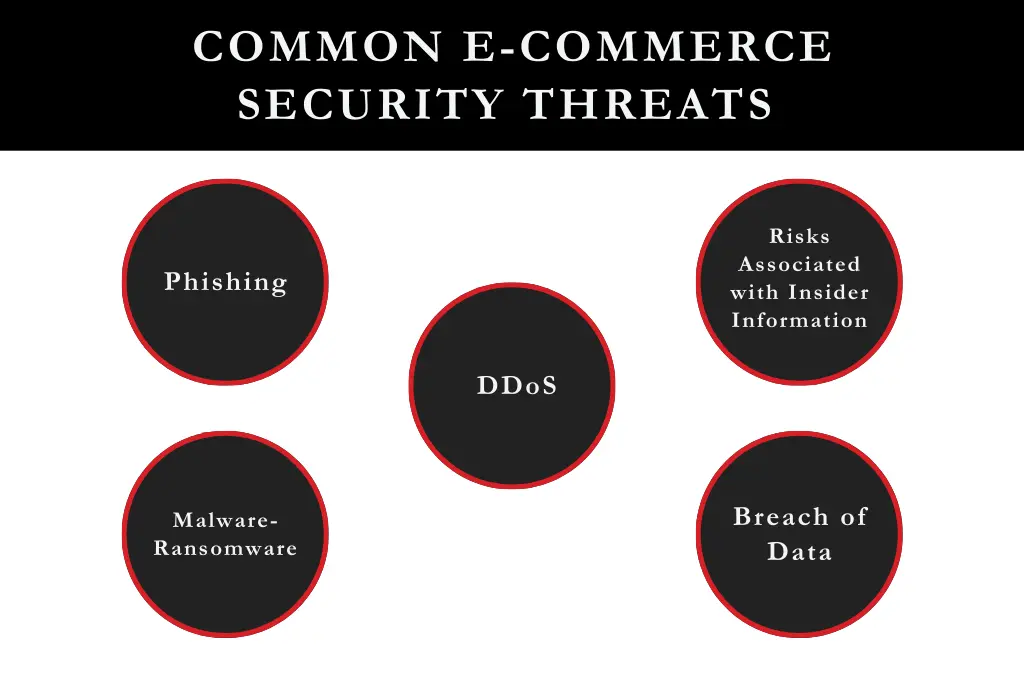
Read More: Evaluating Cyber Security Companies: Pros and Cons
Impact of Security Breaches
Financial Losses: Remediation, regulatory fines, legal settlements, and lost income from disrupted operations make e-commerce security breaches expensive. Business breach investigation, cleanup, and consumer reimbursement may be costly.
Reputation Damage: E-commerce companies lose customer trust and credibility when security breaches compromise critical data. Negative publicity about breaches can hurt profitability and market competitiveness by reducing consumer loyalty, brand loyalty, and reputation.
Law and Compliance: Data protection and privacy breaches may result in legal and regulatory fines for e-commerce enterprises. Fines, fines, and lawsuits for GDPR or CCPA infractions damage finances and reputation.
Client Trust and Loyalty: As customers become leery of providing personal and financial information with compromised e-commerce platforms, security breaches damage client loyalty. client distrust from breaches like identity theft or illegal purchases can hurt future business partnerships and client retention.
Strategies for Mitigating E-commerce Risks
Robust Security Procedures: Firewalls, intrusion detection systems, and endpoint security solutions protect e-commerce infrastructure from outside threats and unauthorised access. Regular vulnerability scans and security assessments help find and resolve system and application issues.
Consistent security audits and upgrades: Regular security audits and assessments identify security gaps and suggest improvements. Regular upgrades of software, firmware, and OS reduce vulnerabilities and assaults.
Employee awareness and training initiatives: Staff get extensive cybersecurity training on social engineering, phishing, and password hygiene. A security-conscious culture encourages suspicious behaviour reporting, which boosts firm security.
Assisting Cybersecurity Professionals: Hiring cybersecurity experts and consultants to analyse risks to e-commerce security, create personalised risk-reduction strategies, and provide ongoing guidance and assistance. Utilising outside expertise enhances security and conforms to industry standards and new threats.
Organising Reaction to Incidents: Creating and implementing incident response strategies for DDoS assaults, malware outbreaks, and data breaches. Security problems affect e-commerce less when found, confined, and repaired quickly due to defined duties, communication channels, and escalation protocols.
Case Studies of E-commerce Security Breaches
Famous Violations
Equifax Data Breach: In 2017, Equifax compromised over 147 million people's sensitive personal data, including Social Security numbers and credit card details.
Target Data Breach: In 2013, hackers stole 70 million people's data and 40 million credit and debit card numbers from Target.
Yahoo Data Breach History: Between 2013 and 2016, Yahoo was breached many times, stealing passwords, email addresses, and other sensitive data from billions of user accounts.
Vulnerabilities and Consequences Analysis
Common Weaknesses: Vulnerabilities These intrusions revealed security flaws such as poor authentication, network segmentation, suspicious behaviour detection, and response delays.
Consequences: The breaches generated considerable financial losses, government fines, litigation settlements, and brand harm to the impacted organisations. Fraudulent purchases, identity theft, and privacy violations eroded online buying confidence.
Takeaways and Optimal Methodologies
Enhanced Security: Multi-factor authentication, encryption, and network monitoring strengthened internet security.
Improved Incident Response: Organisations prioritised establishing and testing incident response strategies to quickly detect, contain, and repair security concerns while minimising stakeholder and operational damage.
Standards of Compliance and Regulatory Frameworks
Overview of Relevant Regulations
Regulation on General Data Protection (GDPR): The EU imposes severe fines for noncompliance. EU citizens must have strict data and privacy protection.
PCI DSS: Payment Card Industry Data Security Standard PCI Data Security Standard Credit card processors must follow PCI DSS to protect customer data and prevent fraud by processing payments securely.
E-commerce compliance requirements Protecting Data:
Protecting Data: GDPR requires e-commerce companies to safeguard client data, get consent for data processing, and report data breaches to authorities.
Payment Security: PCI DSS requires online firms to safeguard payment processing, encrypt customer data, and restrict credit card access.
Standards Compliance
Frequent Audits and Assessments: E-commerce companies perform frequent audits and assessments to detect regulatory compliance holes, remedy them, and comply with regulations.
Documentation and reporting: E-commerce companies may show compliance and respond swiftly to audits and questions by documenting their security policies, processes, and compliance actions.
Prospective Developments in E-Commerce Security
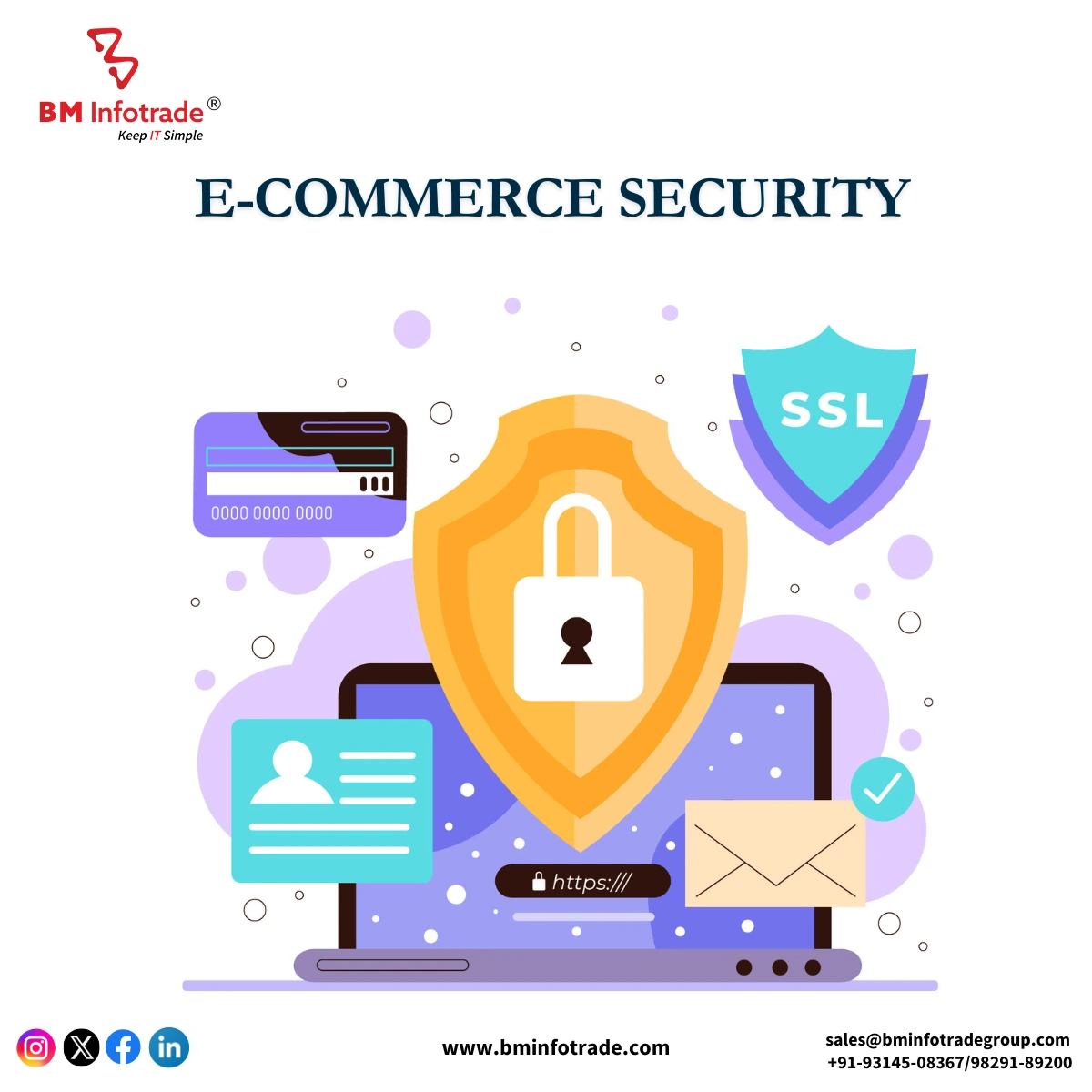
Technological Developments:
Using proactive threat identification, behaviour analysis, and anomaly detection, AI-powered security solutions help e-commerce companies handle security risks.
Decentralised, immutable ledger systems keep online transactions safe and transparent by reducing fraud, data tampering, and unauthorised access.
New Challenges and Threats:
Advanced Cyberattacks New E-Commerce Security Issues: Advanced Phishing, Ransomware Variants, and Supply Chain Attacks on Third-Party Vendors Cybercriminals continuously refine their methods.
As IoT devices expand in e-commerce ecosystems, new attack vectors and vulnerabilities arise, requiring robust security measures to secure connected devices and data.
Forecasts for E-Commerce Security
Greater Data Privacy Focus Due to stronger legislation and consumer understanding of privacy rights, e-commerce enterprises will prioritize data privacy and compliance by stressing transparency and permission in data processing.
Industry participants will exchange resources, best practices, and threat information to strengthen the e-commerce ecosystem.
Read More: Cyber Security Landscape in Jaipur: Challenges and Solutions
In summary
In our e-commerce security research, we have stressed the need of prioritising security to protect sensitive customer data and platforms. E-commerce security breaches can cause financial losses, brand damage, legal issues, and customer distrust. Thus, proactive security is needed to mitigate hazards in e-commerce.
E-commerce enterprises must stay abreast of cybersecurity advancements and adapt to new laws and threats. E-commerce enterprises may improve their security, foster cybersecurity awareness, and follow industry best practices to gain customers.
In conclusion, managing e-commerce risks requires security knowledge, proactive risk-reduction, and legal compliance. Putting security first helps e-commerce firms build trust, protect their brand, and succeed in a digital market.

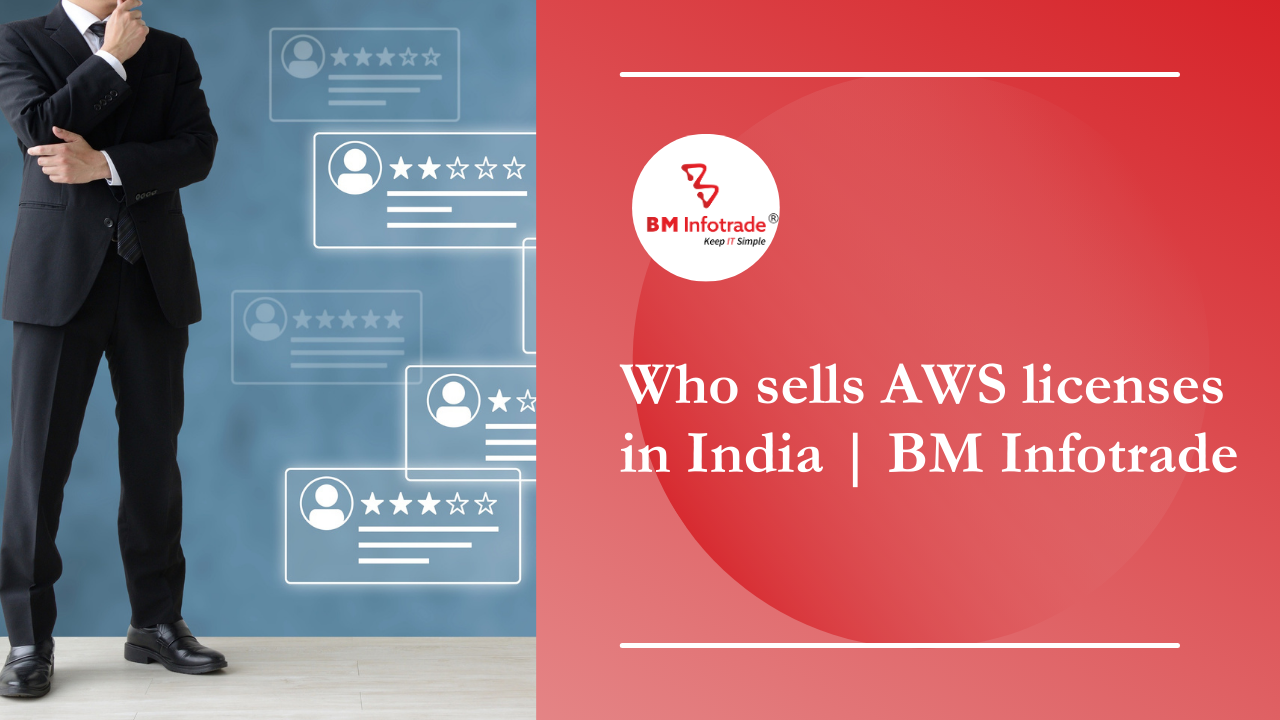
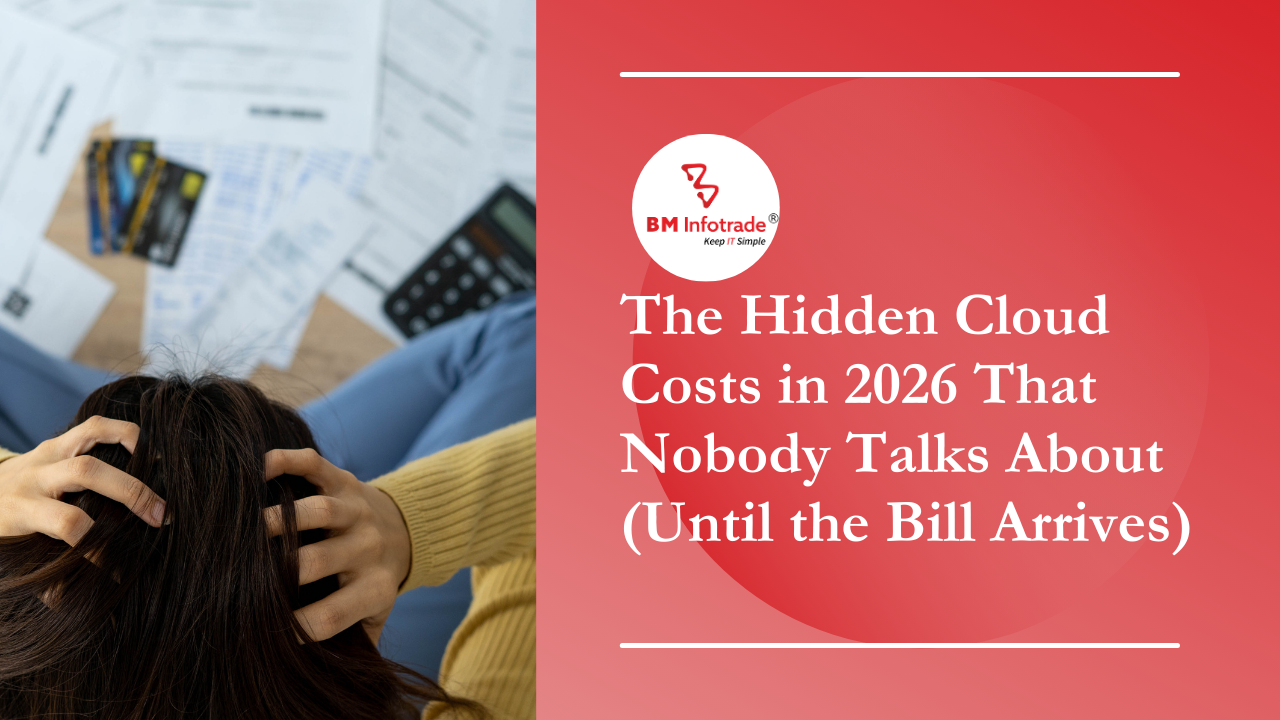
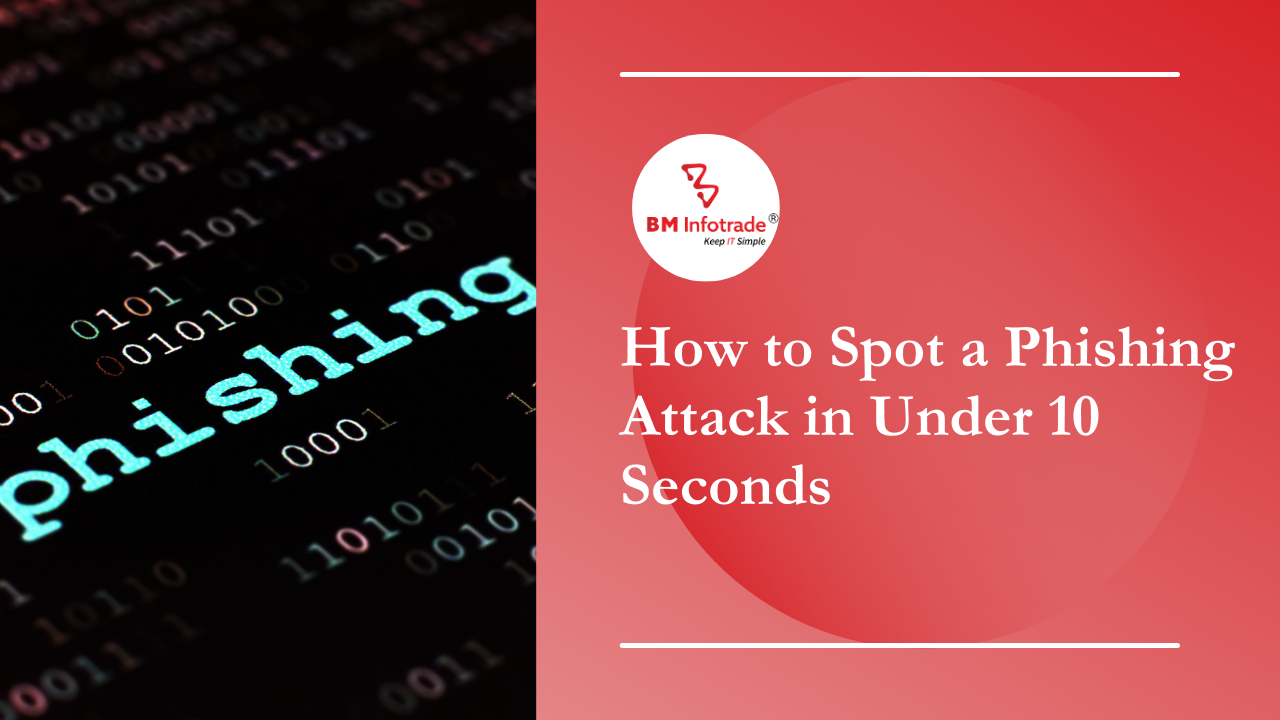
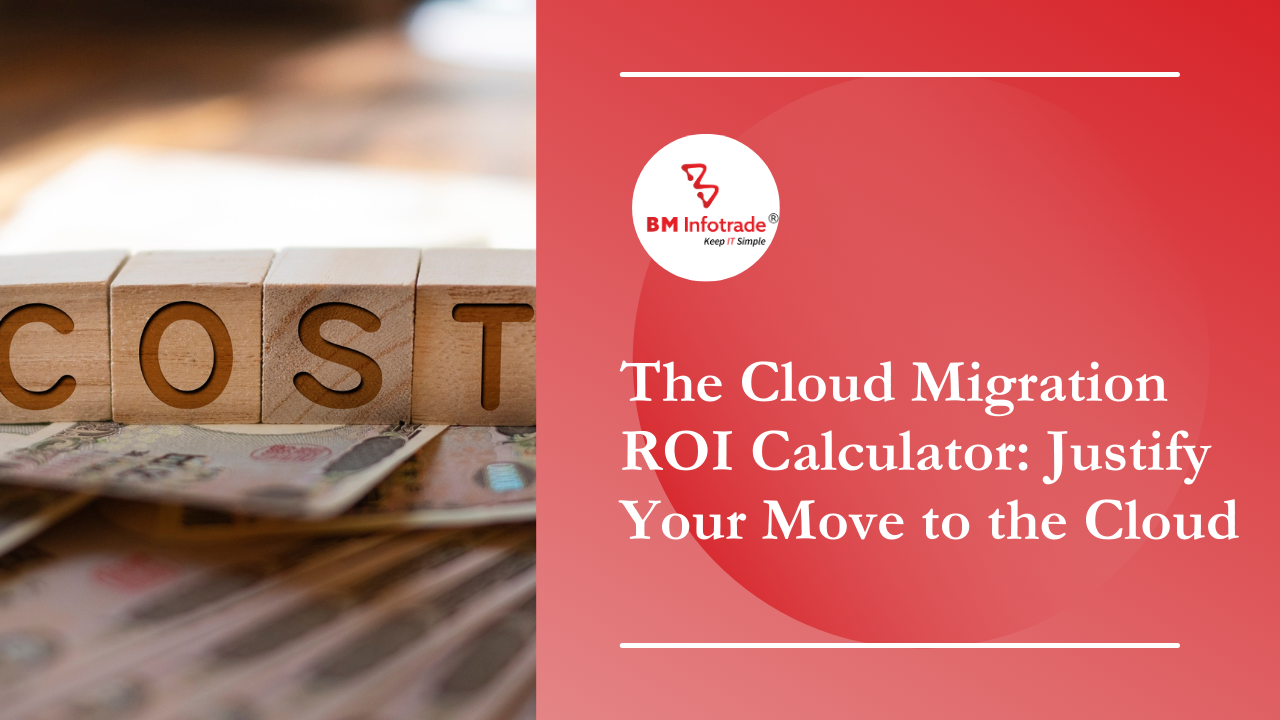
![Cloud Licensing and Compliance Made Easy [All-in-One Bundle]](https://bminfotrade.com/assets/upload/blog/21851766642757.png)

Anshul Goyal
Group BDM at B M Infotrade | 11+ years Experience | Business Consultancy | Providing solutions in Cyber Security, Data Analytics, Cloud Computing, Digitization, Data and AI | IT Sales Leader